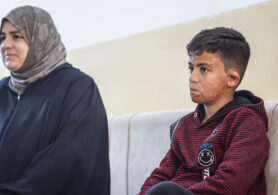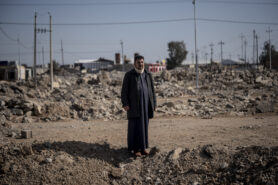The book Weaponizing Civilian Protection: Counterinsurgency and Collateral Damage in Afghanistan by dr. Thomas Gregory, Senior Lecturer in Politics and International Relations at the University of Auckland, provides an unsettling examination of how civilian casualties have been weaponized during the war in Afghanistan. Published in 2025, the book challenges narratives around the protection of civilians in war zones.
Gregory reveals how NATO coalition forces in Afghanistan redefined civilian protection as a strategic tool for military success rather than a moral imperative. By no longer perceiving civilian casualties as inevitable collateral damage, but as a threat to the success of an operation, a radical shift in the military strategy of coalition forces was generated: limiting violence, accurately tracking casualties, publicly acknowledging mistakes, and offering financial compensation. These efforts were, however, not acts of compassion; they were used to win the support of the local population, suppress resistance, and preserve international legitimacy. Gregory shows that casualty counts created the illusion of accountability, while often reinforcing the very harm they were supposed to record. Coalition officials often used this data to deflect criticism and manage public perception by highlighting low figures to downplay the true scale of harm.
The motivation behind saving lives may seem irrelevant, since after all, lives are being saved. However, as Gregory argues, this strategy had a downside. Afghan people were no longer treated as individuals with rights and dignity. Instead, they were viewed as variables in a military equation, risks to be managed, and tools to be used. Their protection was conditional, depending on whether it aligned with operational goals. This was illustrated in NATO’s mission transition from the International Security Assistance Force (ISAF) to the Resolute Support Mission (RSM). This shift from direct engagement and boots on the ground to more remote forms of warfare reduced the strategic incentive to prioritize civilian protection. As a result, efforts to mitigate and track civilian harm received less attention and funding, reflecting how casualty counting is shaped by military objectives rather than humanitarian commitments.
Gregory’s analysis is important for anyone seeking to understand how contemporary warfare is fought and its impact measured. Not only through weapons, but also through language, statistics, data, and policy. The book challenges existing ideas on “humane warfare,” and it exposes how vulnerable civilians’ lives are when viewed through a strategic frame of thought.
Click here for more information or to purchase the book.
Image by Pixabay.



